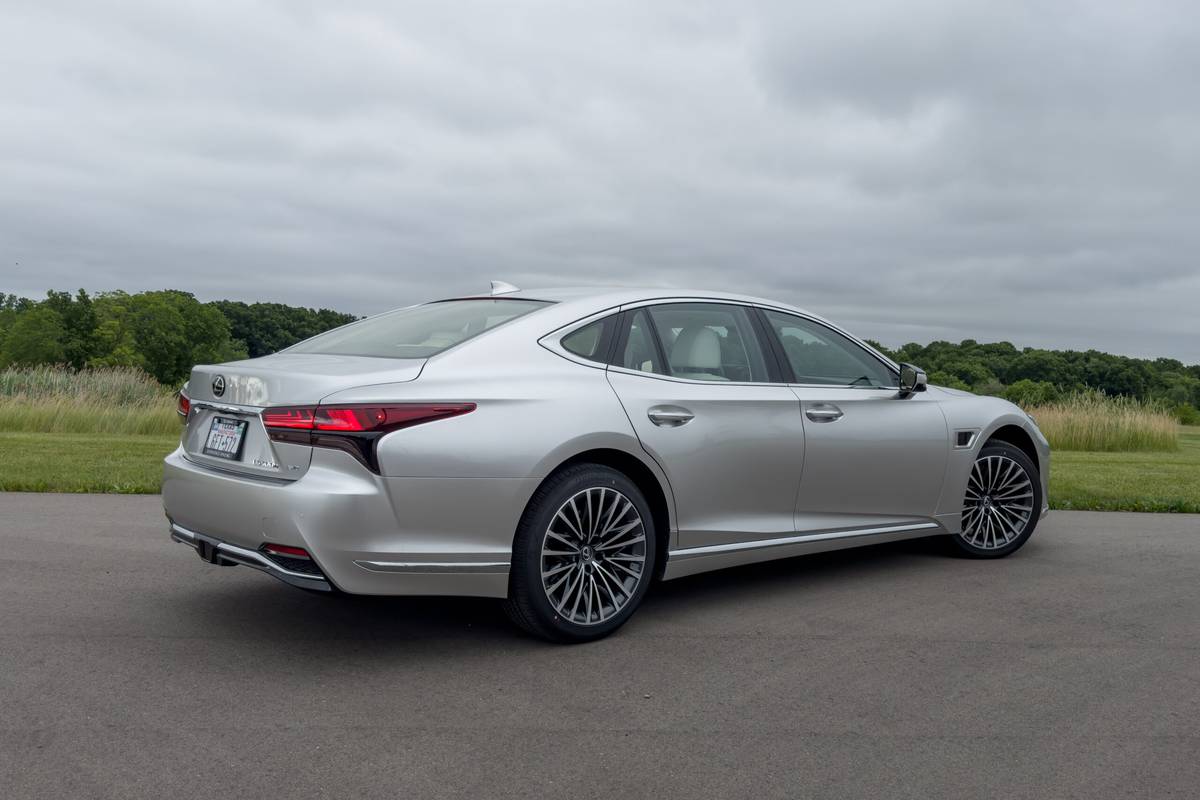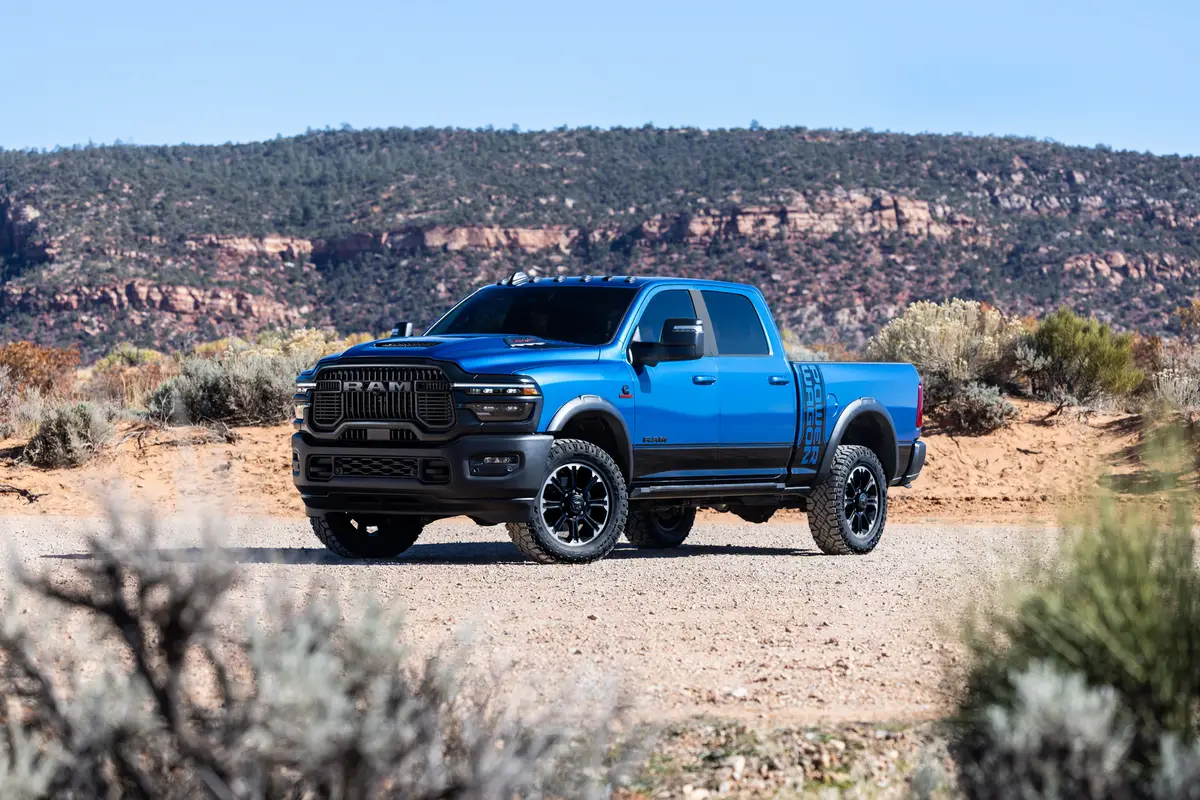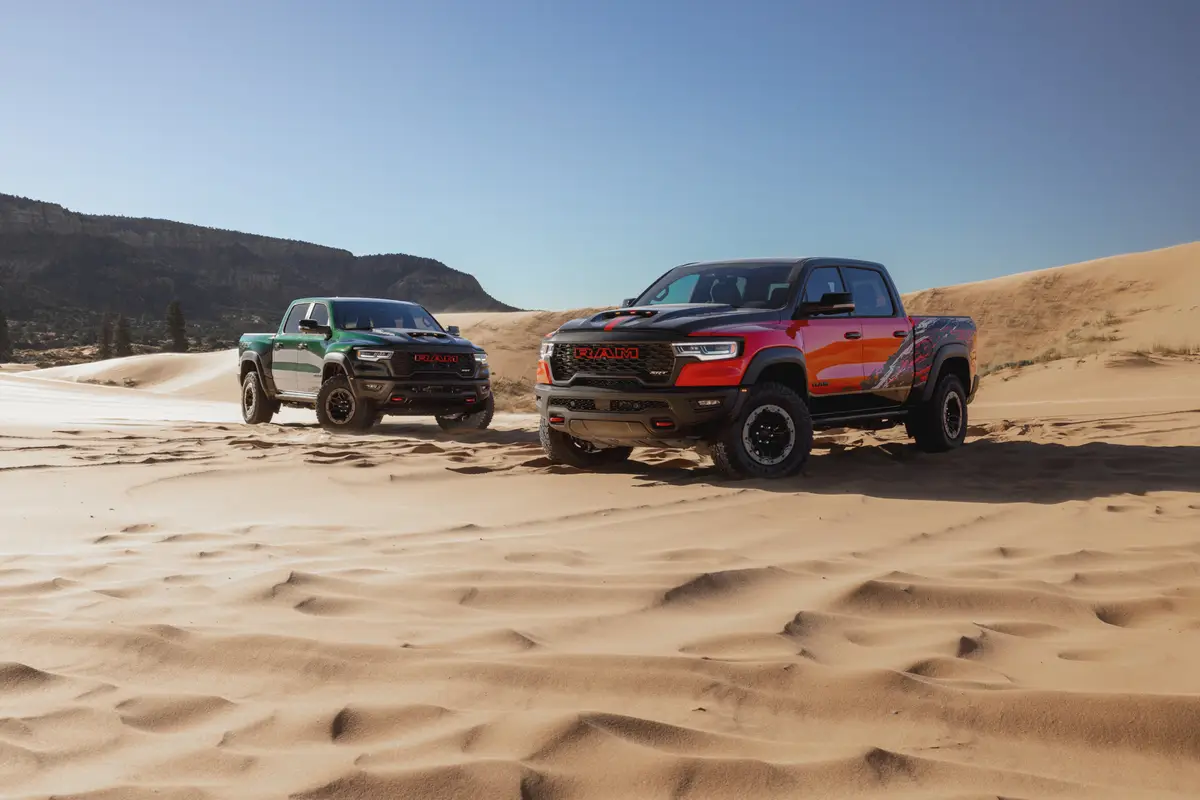IndyStar.com's view
The buzz words around Toyota Motor Co. these days is “bigger is better.” Look no further than the 1992 Camry to see what the company has in mind.
The car is Toyota’s first midsized automobile in America, and it is the first time in the history of the company that it has brought forth on the U.S. market a Camry that is bigger than the one’s sold in other countries.
That’s not surprising, really, considering the automobile is produced by Toyota Motor Manufacturing Inc. at Georgetown, Ky. This third-generation model has been increased in size to compete better in the United States.
“It’s our main emphasis,” said Tom Poland, sales manager for Tom Wood Toyota. “It’s the one that registers the biggest numbers.”
Speaking of numbers, the five-passenger sedan is 6 inches longer, 2 inches wider, and 1 inch taller than the car it replaces. The increases not only give more driver and passenger room, but they also provide more flowing body lines for improved aerodynamics.
The four-door is in the center of intermediate-sized automobiles, with a wheelbase of 103.1 inches, an overall length of 187.8 inches and a width of 69.7 inches. Curb weight runs from around 3,000 to 3,200 pounds, depending on the model and the engine and transmission used. The top of the line is the XLE model with a V-6 engine, four-speed automatic transmission, anti-lock brakes and a wide range of standard equipment. At 3,252 pounds, this is the heaviest car.
The Camry is a pretty good-looking automobile. The corners are softly rounded. There is a plethora of glass for excellent visibility. And the interior room has been increased front and rear in keeping with the added exterior length, width and height.
“The styling is somewhat like the Lexus and Acura,” said Pat O’Brien, president of O’Brien Toyota. “But it’s $5,000 to $10,000 less money.”
“There’s a price difference (from the ’91 Camry),” Poland said. “But I regard this car as real leap forward into the intermediate class.”
Poland says that, with comparable equipment, the price rise of the ’92 Camry runs from $900 to $1,200 depending on the model. “The average car that’s going to go out is approximately $16,000,” he said. “If you buy everything they make for an XLE, $23,867 is our top-of-the-line price.”
The volume model is the DX, a sedan that offers a good array of equipment as well as comfort and quietness of operation. A DX from the Wood agency almost drove itself during a test run.
There was ease of entrance and exit, and you could put some fairly large people in this four-door. Front and rear legroom has been increased nearly an inch. And shoulder room has been increased nearly 3 inches in front and more than 2 inches in the rear.
The controls were within convenient reach or at one’s fingertips. The layout is standard. You can get out of any car and into this vehicle and immediately feel at home.
Even though the DX is an entry level, high tech still lies under the hood. Toyota uses double overhead cams a nd a counterbalance shaft in an all-new 2.2-liter four-cylinder.
The 16-valve engine offered 130 horsepower, 15 more than its predecessor’s 2.0-liter motor. It didn’t make a flying machine out of the Camry, but with the three-speed automatic in the Power mode acceleration was quite brisk.
For the fliers, there is an optional four-cam, 24-valve, 3.0-liter V-6 good for 185 horsepower. That’s 30 percent more power than the previous model.
But O’Brien said, “I think more buyers will opt for the 2.2. There’s better fuel economy, and it’s also less expensive (than the V-6).”
With increased wheelbase and tread width, Toyota has given the front-drive DX an ease of ride and stability at high speed that often goes beyond the parameters found in a family-type sedan. It gives one the impression you could ride in it for a long time without experiencing fatigue.
One of the most interesting facets about the car, however, had nothing to do with specifications and the like. Rather, it was th e fact that here was a car built in what is most certainly inland America with the quality found in imports. It makes one think someone must be doing something right.
“Toyota wants the Camry to take over the Accord spot,” Poland said. “They’ve devoted their Georgetown plant production to that means. And being larger, it’s going to give other domestics competition they don’t need.”
The Beck, Butler, O’Brien and Wood Toyota dealerships offer this true intermediate-class sedan.
Latest news



